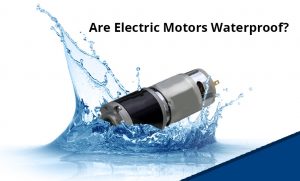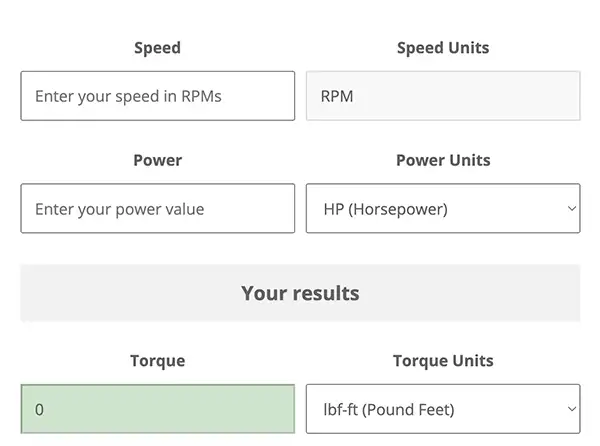Are Electric Motors Waterproof?
 The vast majority of electric motors are not waterproof, largely because it is not necessary for the application in which they are used. It is possible to create a waterproof electric motor. However, waterproofing comes with added costs while also limiting overall performance. These costs are often only worthwhile for specific applications, such as pumps and fluid handling, pool cleaners, off-road vehicles and other applications where the motor may be exposed to liquids.
The vast majority of electric motors are not waterproof, largely because it is not necessary for the application in which they are used. It is possible to create a waterproof electric motor. However, waterproofing comes with added costs while also limiting overall performance. These costs are often only worthwhile for specific applications, such as pumps and fluid handling, pool cleaners, off-road vehicles and other applications where the motor may be exposed to liquids.
How Do You Make an Electric Motor Waterproof?
There are many ways to make an electric motor waterproof. The most common, and most effective, methods of waterproofing electric motors include:
- Specialized casing: Covering an electric motor in a specialized casing is one of the most common ways of creating some protection against water damage. Specialized cases are expensive.
- Waterproof shaft seals: Protecting the moving parts of an electric motor, most notably the shaft and bearings. Waterproof shaft seals create an enclosed area for the motor’s inner workings.
When exploring waterproofing solutions, keep in mind that each strategy provides varying levels of protection against liquids. For example, some specialized cases may protect simply against splashing water, while others may make it possible to fully submerge the motor—albeit to a specific depth.
It is also important to remember that many waterproofing methods will limit air flow to the motor, which will negatively impact the motor’s maximum power output.
The industry has a standardized measurement for protection against solids and liquids called the Ingress Protection Rating scale. Power Electric works with manufacturers able to match application specification requirements.
See more information on IP Ratings for motors.
 Request a Quote
Request a Quote
